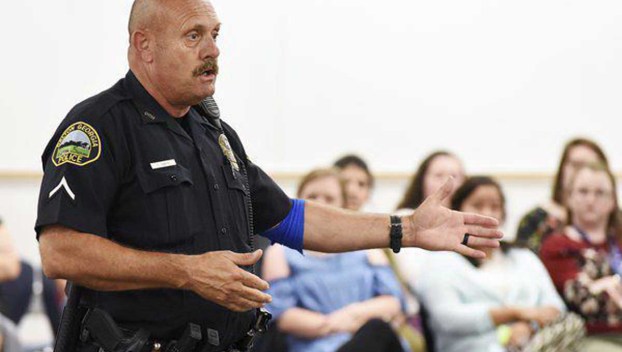
Ga Fl News
Stay prepared: New Dalton schools staff receive training on how to handle active threats
DALTON, Ga. — It is a situation no educator wants to face: an immediate threat to the safety ... Read more

DALTON, Ga. — It is a situation no educator wants to face: an immediate threat to the safety ... Read more